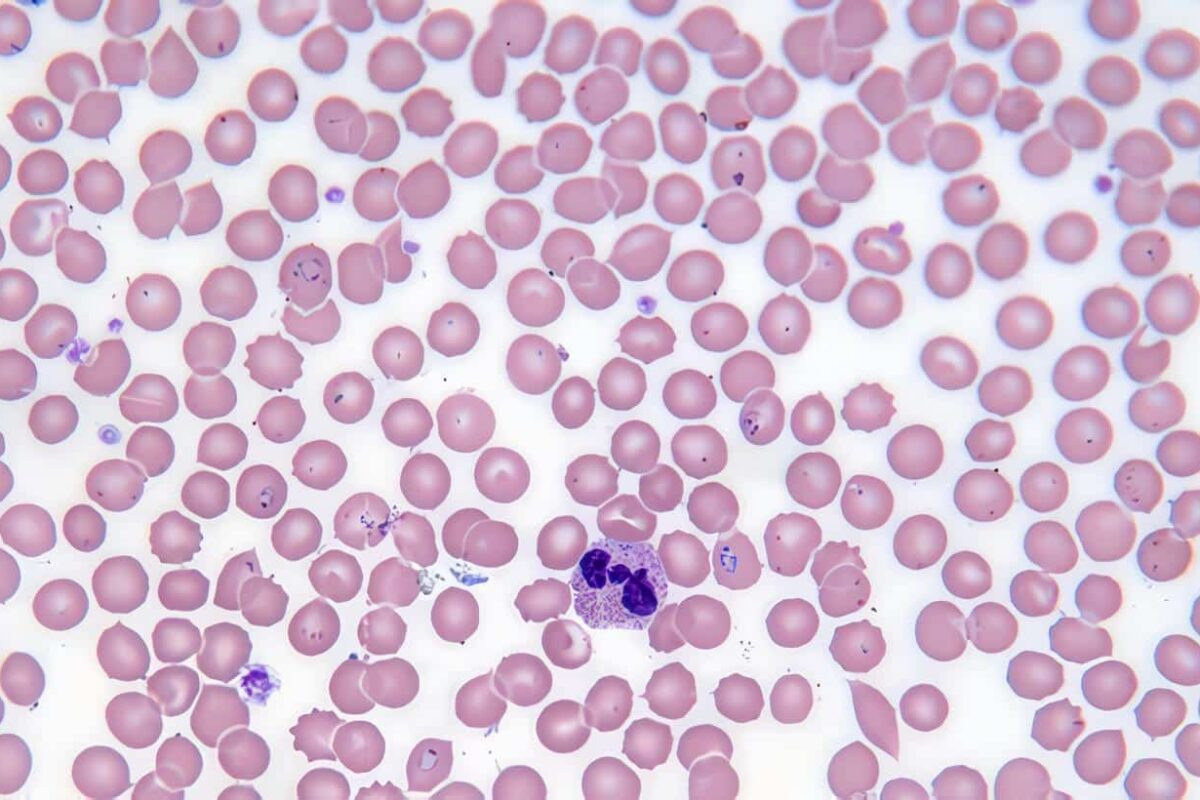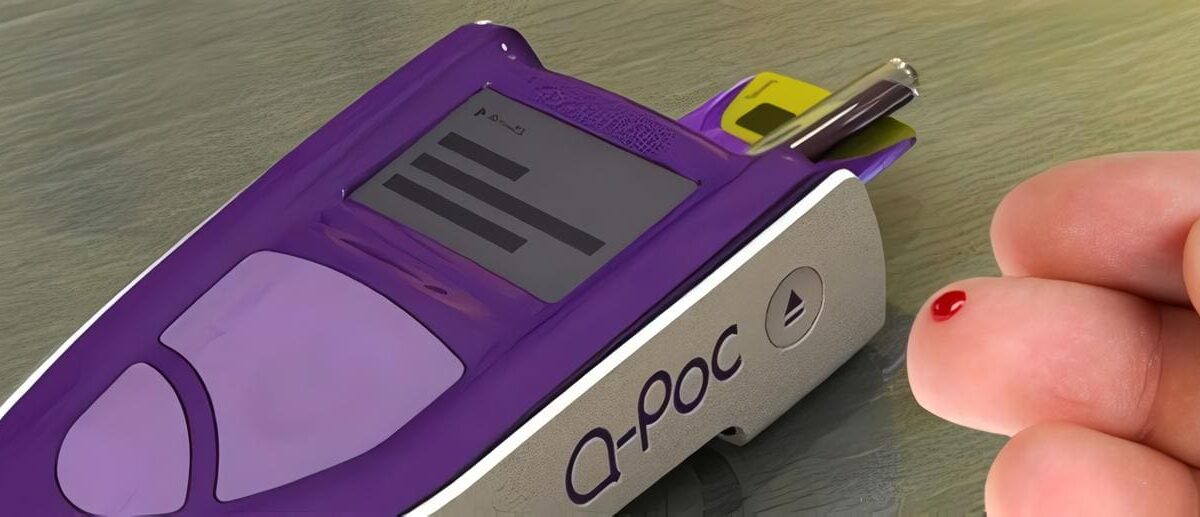1. WHO (World Health Organization). 2002. World Health Report. Geneva: WHO.
2. WHO and Unicef. 2005. World Malaria Report. Geneva.
3. OPS. Informe de la Reunión sobre la iniciativa RBM en la región de la selva tropical de América del Sur. Lima, Peru, 18-22 de octubre de 1999.
4. Roll Back Malaria Partnership. 2002. Achieving Impact: Roll Back Malaria in the Next Phase. Final Report of the External Evaluation of Roll Back Malaria. Geneva
5. Ministerio de Proteccion Social, Instituto Nacional de Salud. Sivigila, 2004.
6. ops. Mapa de malaria según niveles de riesgo. 2000.
7. Sackett, DL, Haynes, RB, Guyatt, GH, Tugwell, P Epidemiologia clinica. Ciencia basica para la medicina clinica. 2a ed. Madrid: Editorial Medica Panamericana; 1994.
8. Kreier. JP. Malaria. Academic Press. New York, 1980.
9. Botero D. Restrepo M. Parasitosis Humanas. 4a ed. Bogota: Fondo editorial CIB.
10. Payne D. Use and limitations of light microscopy for diagnosing malaria at the primary health care level. Bulletin of the World Health Organization, 1988, 66: 621 – 626.
11.World Health Organization. Severe and complicated malaria. Second edition. Transactions of the Royal Society of Tropical Medicine and Hygiene, 1990, 84 (Suppl. 2): 23 – 25.
12. Malaria diagnosis: Memorandum from a WHO meeting. Bulletin of the World Health Organization, 1988, 66: 575 – 594.
13. Organizacion Mundial de la Salud. El uso de pruebas rápidas en el diagnóstico de malaria. 2004.
14. Craig MH, Sharp B. Comparative evaluation of four techniques for the diagnosis of Plasmodium falciparum infections. Trans R Soc Trop Med Hyg. 1997; 91: 279 – 282.
15. Palmer Cj, Lindo JF, Klaskala WI, et al. Evaluation of the optiMal test for rapid diagnosis of Plasmodium vivax and Plasmodium falciparum Malaria. J Clino Microbiol. 1998; 36: 203 – 6.
16. CRUCIANI M, Et.al. Systematic review of the accuracy of the Parasight™ F test in the diagnosis of Plasmodium falciparum malaria. Med Sci Monit, 2004; 10 (7): MT81-88.
17. Moody, A. Rapid Diagnostic Tests for Malaria Parasites. Clinical Microbiology Reviews, January 2002, 15, (1): 66 – 78
18. Quinonez J, Lacharme L, Blair S. Comparación de la prueba Parasight F con el método convencional de gota gruesa en el diagnóstico de Plasmodium falciparum en Zaragoza, Antioquia. 1996. Colombia Medica.1997; 28: 109 – 12.
19. Mendoza N, Montoya R, Garcia M, Padilla, C, Bruzon L, Mendoza E, Porras A, Evaluación de campo de una prueba rápida para el diagnóstico de malaria. Biomedica. Diciembre 2001, 21 (4).
20. Kawamoto F. Rapid diagnosis of malaria by fluorescence microscopy with light microscope and interference filters. Lancet, 1991, 337: 200 – 202.
21. Baird JK, et al. Diagnosis of malaria in the field by fluorescence microscopy of QBC capillary tubes. Transactions of the Royal Society of Tropical Medicine and Hygiene, 1992, 86:3–5.
22. Snounou G, et al. Identification of the four human malaria parasite species in field samples by the polymerase chain reaction and detection of a high prevalence of mixed infections. Molecular and Biochemical Parasitology, 1993, 58:283–292.
23. Berry, A. et al. Contribution of PCR-based methods to diagnosis and management of imported malaria. Med Trop (Mars). 2005; 65 (2): 176-83
24. Segura O. Terapia farmacológica antipalúdica en Colombia recomendaciones de consenso. Reunion sobre politica de antimalaricos en Colombia 28–30 de septiembre de 2004. Ministerio de la Proteccion Social. Republica de Colombia. Direccion General de Salud Publica. Grupo de Promocion y Prevencion.
25. Gonzalez IJ, Padilla JC, Giraldo LE, Saravia NG. Eficacia de amodiaquina y sulfadoxina/pirimetamina en el tratamiento de malaria no complicada por Plasmodium falciparum en Nariño, Colombia, 1999-2002. Biomedica 2003; 23: 38-46.
26. Castillo CM, Osorio LE, Palma GI. Assessment of therapeutic response of Plasmodium vivax and Plasmodium falciparum to chloroquine in a malaria transmission free area in Colombia. Mem Inst Oswaldo Cruz, 2002; 97 (4): 559-562.
27. Soto J, Toledo J, Gutierrez P, Luz M, Llinas M, Cedeno N, et al. Plasmodium vivax clinically resistant to chloroquine in Colombia. Am J Trop Med Hyg 2001; 65 (2): 90-93.
28. Health information for international travel, 1996-97. Atlanta: US Department of Health and Human Services, Public Health Service, Centers for Disease Control and Prevention, National Center for Infectious Diseases, Division of Quarantine, 1997.
29. www.rollbackmalaria.org
30. Olliaro P, Mussano P. Amodiaquina para el tratamiento del paludismo (Revision Cochrane traducida), en la biblioteca Cochrane Plus, 2005 Numero 4. Oxford: Update Software Ltd. Disponible en: https://www.update-software.com. (Traducida de The Cochrane Library, 2005 Issue 4. Chichester, UK: John Wiley & Sons, Ltd.).
31. Blair S, Lopez ML, Pineros JG, Alvarez T, Tobon A, Carmona J. Eficacia terapéutica de tres esquemas de tratamiento de malaria no complicada por plasmodium falciparum, Antioquia, Colombia, 2002. Biomedica 2003; 23: 318-327.
32. Gonzalez IJ, Padilla JC, Giraldo LE, Saravia NG. Eficacia de amodiaquina y sulfadoxina/pirimetamina en el tratamiento de malaria no complicada por plasmodium falciparum en Nariño, Colombia, 1999-2002. Biomedica 2003; 23: 38-46.
33. Blair S, Lacharme L, Carmona J, Tobon A. Resistencia de plasmodium falciparum a tres fármacos antimaláricos en Turbo (Antioquia, Colombia), 1988. Rev Panam Salud Publica, 2001; 9 (1): 23-29.
34. Espinal CA, Cortes GT, Guerra P, Arias A. Sensitivity of plasmodium falciparum to antimalarial drugs in Colombia. Am J Trop Med Hyg, 1985; 34 (4): 675-680.
35. Osei-Akoto A, Orton L, Owusu-Ofori SPO. Atovaquone-proguanil for treating uncomplicated malaria. The Cochrane Database of Systematic Reviews 2005, Issue 4. Art. No.: CD004529.pub2. DOI: 10.1002/14651858. CD004529.pub2
36. McIntosh HM Cloroquina o amodiaquina combinada con sulfadoxina-pirimetamina para el tratamiento del paludismo no complicado (revision Cochrane traducida), en la Biblioteca Cochrane Plus, 2005 Numero 4. Oxford: Update Software Ltd. Disponible en: https://www.update-software.com. (Traducida de The Cochrane Library, 2005 Issue 4. Chichester, UK: John Wiley & Sons, Ltd.).
37. Bukirwa H, Garner P, Critchley J. Clorproguanil-dapsona para el tratamiento del paludismo no complicado (revision Cochrane traducida), en la biblioteca Cochrane Plus, 2005 Numero 4. Oxford: Update Software Ltd. Disponible en: https://www.update-software.com. (Traducida de The Cochrane Library, 2005 Issue 4. Chichester, UK: John Wiley & Sons, Ltd.).
38. Pineros JG. Malaria grave en un hospital de segundo nivel del Pacífico colombiano, 2001. IQEN, 2001; 6 (24): 361-366.
39. Gonzalez L, Guzman M, Carmona J, Lopera T, Blair S. Características clínicoepidemiológicas de 291 pacientes hospitalizados por malaria en Medellín, Colombia. Acta Med Col 2000, 25: 163-169.
40. Adjuik M, Babiker A, Garner P, Olliaro P, Taylor W, White N. Artesunate combinations for treatment of malaria: meta-analysis. Lancet. 2004 Jan 3; 363 (9402): 9-17.
41. Omari AAA, Preston C, Garner P. Artemeter más lumefantrina para el tratamiento del paludismo por P. falciparum no complicado (revision Cochrane traducida), en la biblioteca Cochrane Plus, 2005 Numero 4. Oxford: Update Software Ltd. Disponible en: https://www.update-software.com. (Traducida de The Cochrane Library, 2005 Issue 4. Chichester, UK: John Wiley & Sons, Ltd.).
42. World Health Organization. Management of severe malaria. A practical handbook 2002. https://www.who.int/malaria/docs/hbsm_toc
43. Lesi A, Meremikwu M. Régimen de quinina de dosis inicial alta para el tratamiento del paludismo grave (Revision Cochrane traducida). en la biblioteca Cochrane Plus, 2005 Numero 4. Oxford: Update Software Ltd. Disponible en: https://www.update-software.com. (Traducida de The Cochrane Library, 2005 Issue 4. Chichester, UK: John Wiley & Sons, Ltd.).
44. Omari A , Garner P. Malaria: severe, life threatening. Clin Evid 2005; 14: 1–3.
45.Stepniewska K, Day N, Babiker A, Lalloo D, Warrell D, Olliaro P, White N. A meta-analysis using individual patient data of trials comparing artemether with quinine in the treatment of severe falciparum malaria. Transactions of the Royal Society of Tropical Medicine and Hygiene, 2001; 95 (6): 637-650.
46. McIntosh HM, Olliaro P. Derivados de la artemisina para tratar la malaria severa (Revision Cochrane traducida), en la biblioteca Cochrane Plus, 2005 Numero 4. Oxford: Update Software Ltd. Disponible en: https://www.updatesoftware.com (Traducida de The Cochrane Library, 2005 Issue 4. Chichester, UK: John Wiley & Sons, Ltd.).
47. Pasvol G, Newton CRJC, Winstanley PA, et al. Quinine treatment of severe falciparum malaria in African children: a randomized comparison of three regimens. Am J Trop Med Hyg 1991; 45: 702–713.
48. Newton PN, Angus BJ, Chierakul W, et al. Randomized comparison of artesunate and quinine in the treatment of severe falciparum malaria. Clin Infect Dis 2003; 37: 7–16.
49. Roll Back Malaria/World Health Organization, Geneva 2001, The use of antimalarial drug, WHO/CDS/RBM/2001.33.
50. Mathur A, Duke T, Kukuruzovic R, South M Soluciones salinas hipotónicas contra isotónicas para los líquidos intravenosos en el tratamiento de las infecciones agudas (Revision Cochrane traducida), en la biblioteca Cochrane Plus, 2005 Numero 4. Oxford: Update Software Ltd. Disponible en: https://www.update-software.com. (Traducida de The Cochrane Library, 2005 Issue 4. Chichester, UK: John Wiley & Sons, Ltd.).
51. Meremikwu M, Logan K, Garner P. Medidas antipiréticas para tratar la fiebre en el paludismo (Revision Cochrane traducida), en la biblioteca Cochrane Plus, 2005 Numero 4. Oxford: Update Software Ltd. Disponible en: https://www.updatesoftware.com. (Traducida de The Cochrane Library, 2005 Issue 4. Chichester, UK: John Wiley & Sons, Ltd.).
52. Orton L, Garner P. Fármacos para el tratamiento del paludismo no complicado en mujeres embarazadas (Revision Cochrane traducida), en la biblioteca Cochrane Plus, 2005 Numero 4. Oxford: Update Software Ltd. Disponible en: https://www.update-software.com. (Traducida de The Cochrane Library, 2005 Issue 4. Chichester, UK: John Wiley & Sons, Ltd.).
53. Garner P, Gulmezoglu AM. Fármacos para la prevención de enfermedades palúdicas en embarazadas y muerte neonatal (Revision Cochrane traducida), en la biblioteca Cochrane Plus2005 Numero 4. Oxford: Update Software Ltd. Disponible en: https://www.update-software.com. (Traducida de The Cochrane Library, 2005 Issue 4. Chichester, UK: John Wiley & Sons, Ltd.).
54. Bloland P. Drug resistance in malaria 2001. World Health Organization. Department of Communicable Disease Surveillance and Response. https://www.who.int/emc
55. Yeung S, White NJ. How do patients use antimalarial drugs? A review of the evidence. Trop Med Int Health. 2005 Feb; 10 (2): 121-38. Review.
56. World Health Organization. Assessment of Therapeutic Efficacy of Antimalarial Drugs for uncomplicated falciparum malaria in areas with intense transmission. Geneva, 1996.
57. A. Bosman, C. Delacollette, P. Olumese, R. G. Ridley, A. Rietveld, R. Shretta, A. Teklehaimanot. The Use of Antimalarial Drugs World Health Organization, Geneva WHO, 2001 https://www.rbm.who.in
58. Prasad K , Garner P. Esteroides para el tratamiento del paludismo cerebral (revision Cochrane traducida), en la biblioteca Cochrane Plus, 2005 Numero 4. Oxford: Update Software Ltd. Disponible en: https://www.update-software.com (Traducida de The Cochrane Library, 2005 Issue 4. Chichester, UK: John Wiley & Sons, Ltd.).
59. Okoromah CAN, Afolabi BB Manitol y otros diuréticos osmóticos como complementos para el tratamiento del paludismo cerebral (Revision Cochrane traducida), en la biblioteca Cochrane Plus, 2005 Numero 4. Oxford: Update Software Ltd. Disponible en: https://www.update-software.com. (Traducida de The Cochrane Library, 2005 Issue 4. Chichester, UK: John Wiley & Sons, Ltd.).
60. Meremikwu M, Smith HJ. Transfusión de sangre para el tratamiento de la anemia palúdica (Revision Cochrane traducida), en la biblioteca Cochrane Plus, 2005 Numero 4. Oxford: Update Software Ltd. Disponible en: https://www.updatesoftware.com. (Traducida de The Cochrane Library, 2005 Issue 4. Chichester, UK: John Wiley & Sons, Ltd.).
61. Padmaja UK, Adhikari P, Periera P. Experience with quinine in falciparum malaria. Indian J Med Sci. 1999 Apr; 53 (4): 153-7.
62. Dondorp AM, Chau TT, Phu NH, Mai NT, Loc PP, Chuong LV, Sinh DX, Taylor A, Hien TT, White NJ, Day NP. Unidentified acids of strong prognostic significance in severe malaria. Crit Care Med.
CATEGORÍA:
Guía de Atención de la Malaria, Bibliografía
Publicidad




